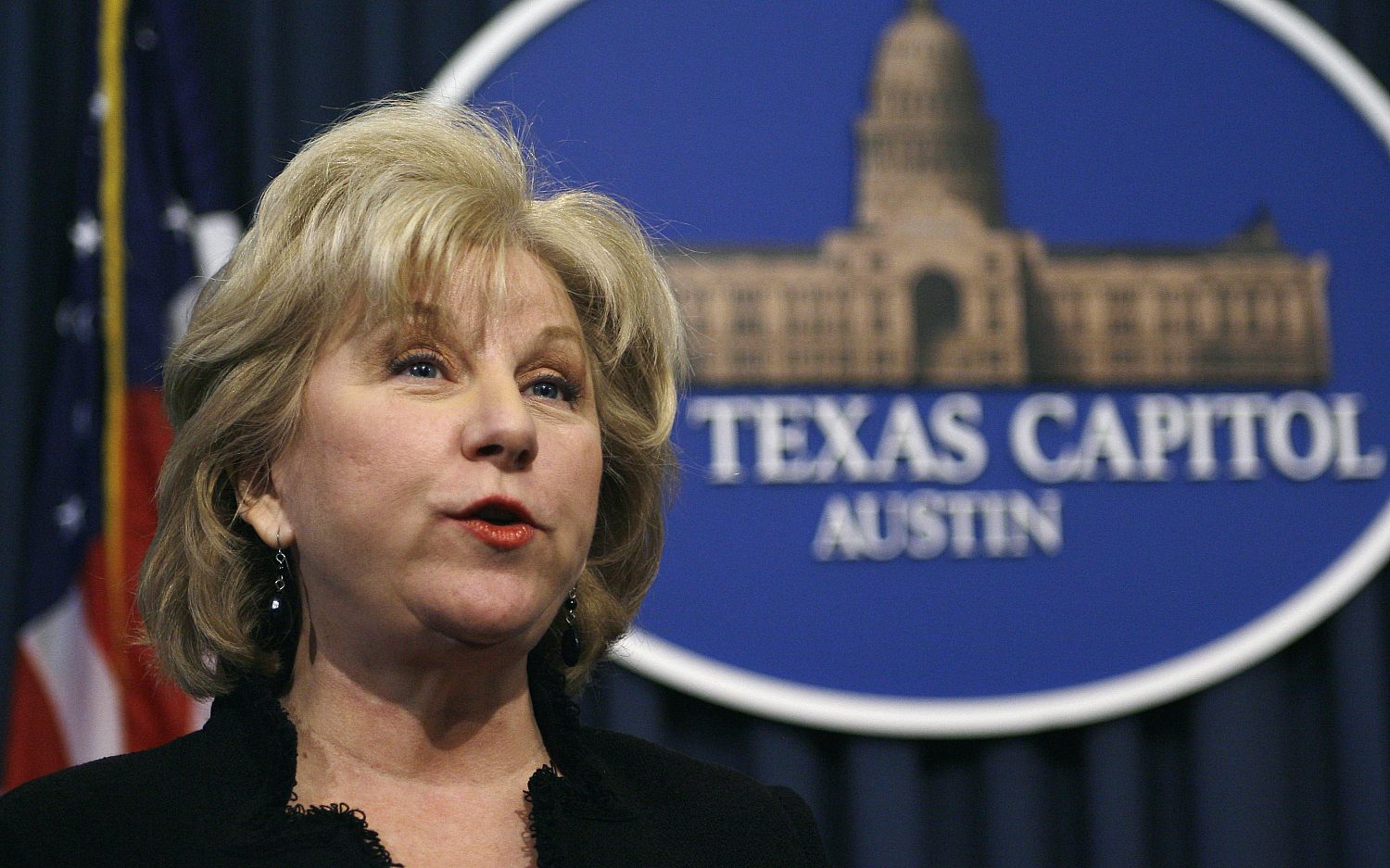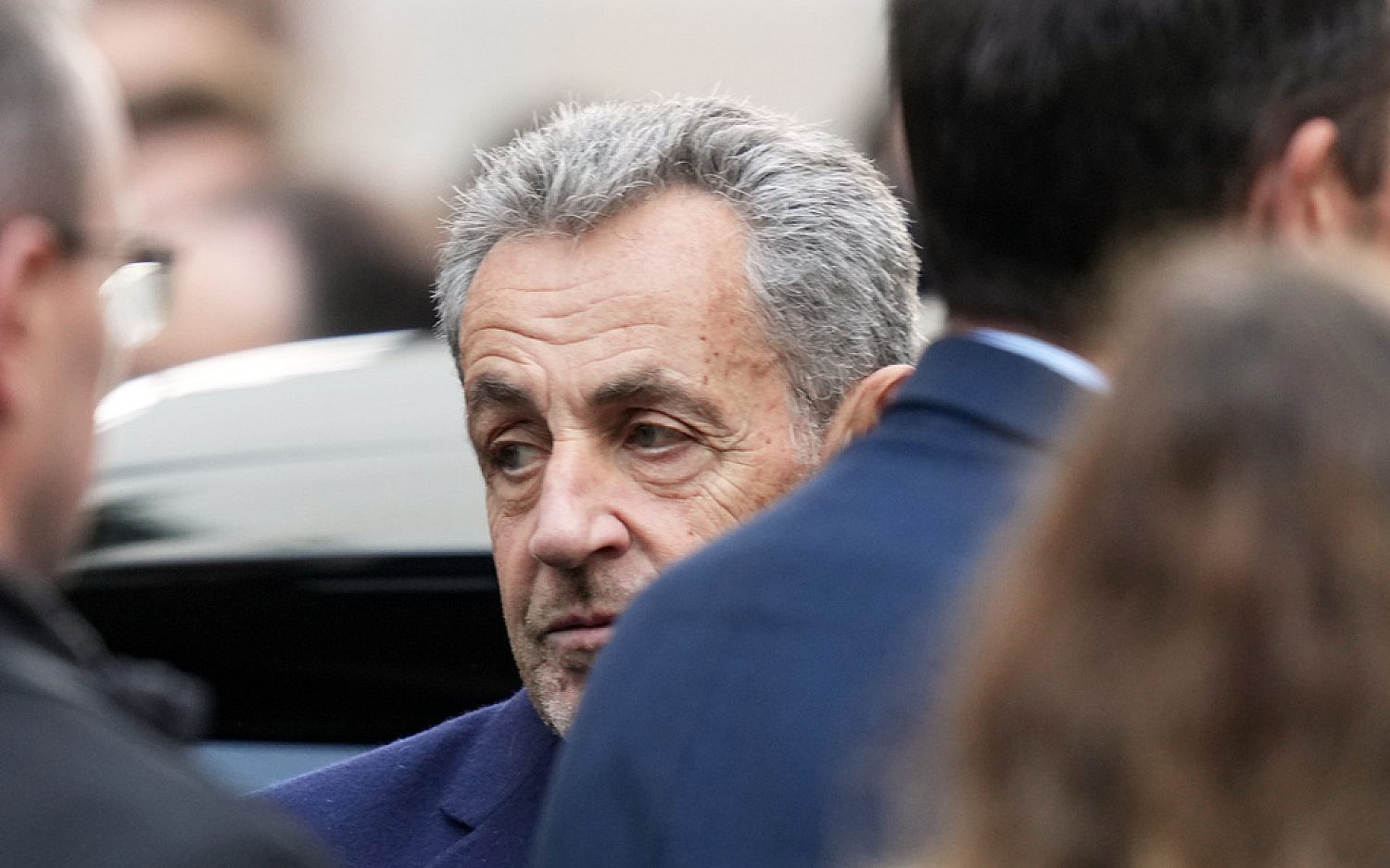Lessons from school shooters
How two decades of mass shootings might help police protect lawmakers
Could the lessons learned from mass shootings on school campuses such as Columbine and Virginia Tech have helped law enforcement prevent what happened last Saturday in Tucson?
Pima Community College suspended Jared Lee Loughner, 22, last year after seeing one of his disturbing videos online-something colleges are more apt to do now after the Virginia Tech shooter's violent language and mental illnesses went unheeded. The college told Loughner he could return after he had a mental health exam that showed he wasn't a danger to himself or others.
Loughner, if the accusations prove true, failed that exam last Saturday. He didn't open fire on the college campus, but he allegedly killed six people, came close to assassinating Rep. Gabrielle Giffords, D-Ariz., and wounded 13 others outside a Safeway grocery store.
The insights of two decades of school shootings in the United States may provide guidance for law enforcement as they seek to protect members of Congress from such rampages when they appear publicly in districts across the country. School campuses have generally focused on ferreting out threats by establishing threat assessment teams instead of beefing up security presence or adding metal detectors.
John Guandolo, a former FBI agent who at one time served as the agency's liaison to the Capitol Police, worked with a team to investigate threats and sift out which ones were legitimate.
"From a law enforcement perspective, those are very tough cases that no one takes seriously until someone is killed-you never really know," Guandolo told me. "Then everyone asks the question, 'Where were you?' We were investigating the other 400 threats."
Loughner matches the rough sketch of a school shooter, as detailed in reports compiled the last two decades by the Department of Education, the Secret Service, and the FBI, which is now helping oversee the review of security for lawmakers. But the reports argue that no shooters fit a particular profile. Some had mental illnesses or were products of the foster care system. But others came from solid families and had good grades.
Still, there are some common threads. In almost three-quarters of cases over the last century, school shooters have planned a target in advance, seeking a specific individual, which Loughner allegedly did in scribbling his schemes for Giffords on papers locked in a safe at home. Past shooters have held grudges against their targets, as Loughner allegedly did against Giffords because she dismissed a question of his at a forum.
Paranoid ideas, delusional statements, depression, vague threats of violence, and increasing isolation-these are behaviors peers noticed in shooters just before they committed their crimes, and all are apparent traits of Loughner. His online writings have a logical incoherence: "All conscience dreaming at this moment is asleep. Jared Loughner is conscience dreaming at this moment. Thus Jared Loughner is asleep." He believed the government was exercising control of language. His friends said he became increasingly paranoid and withdrew from contact with them over the last several months.
"Does anyone have aggression 24/7?" asked Loughner on an online gaming forum last year, in posts obtained by The Wall Street Journal.
In Springfield, Ore., in 1998, Kip Kinkel was expelled for bringing a gun to school. He went home, killed his parents, then returned to the school and shot 27 students in the cafeteria, killing two.
"I am so full of rage," Kinkel wrote in his journal.
The trick for law enforcement and school administrators is discovering which angry individuals are about to take action.
"Sure there's red flag there. There are red flags in lots of places. A lot of times there are clues there for years and years and years and no one does anything about it," said Bill Modzeleski, a Department of Education official who oversaw the reports on school shooters after Columbine and Virginia Tech. "You can't say it's anybody who acts strange-in some schools, that would probably include a significant part of the population."
Guandolo, the former FBI agent, also acknowledged that sifting out serious threats is a hard job, but that in Loughner's case, a little investigation would have shown "a guy who was ready to snap." Loughner had seven contacts with the community college campus police over seven months.
"If kids . . . are sending signals that there are problems, we as adults need to pay attention to those problems," added Modzeleski. "That's what we've found."
Eric Houston, 20, who killed three students, a teacher, and wounded 13 others in a school shooting in Olivehurst, Calif., in 1992, wrote, "I know parenting had nothing to do with what happens today. It seems my sanity has slipped away and evil taken it's [sic] place."
An actual newsletter worth subscribing to instead of just a collection of links. —Adam
Sign up to receive The Sift email newsletter each weekday morning for the latest headlines from WORLD’s breaking news team.





Please wait while we load the latest comments...
Comments
Please register, subscribe, or log in to comment on this article.